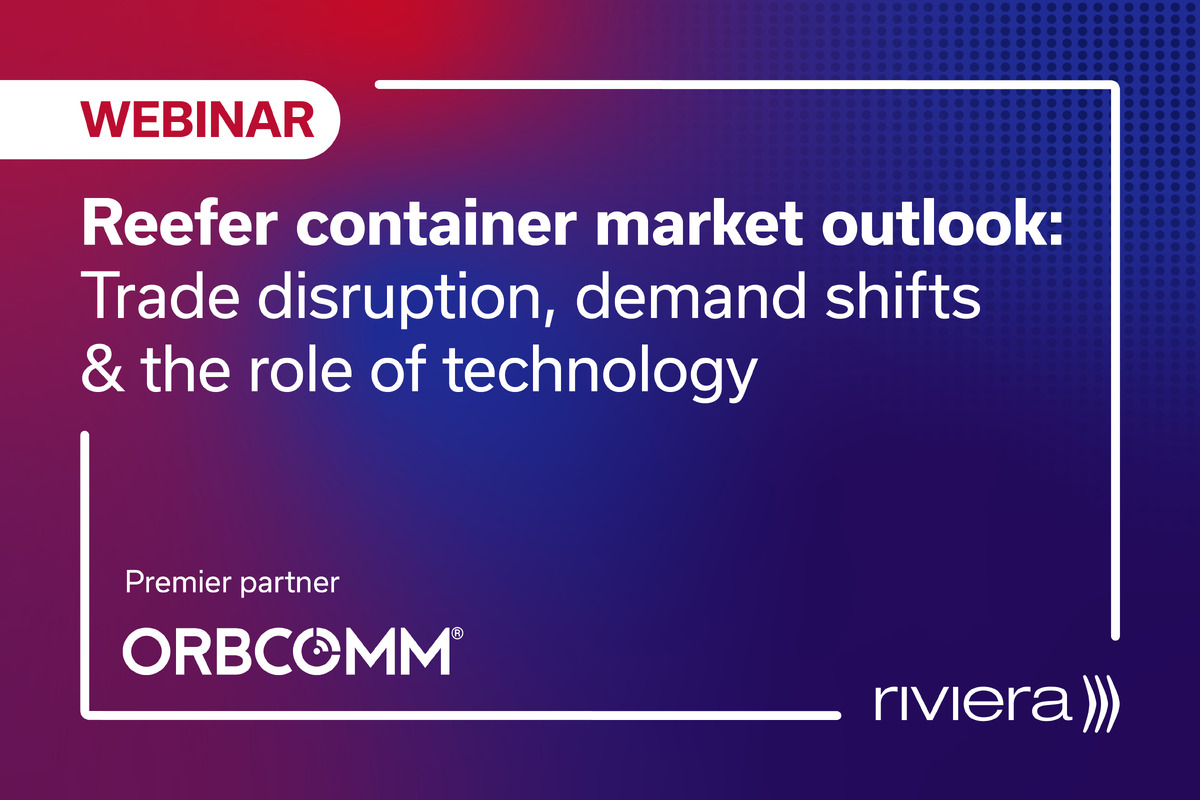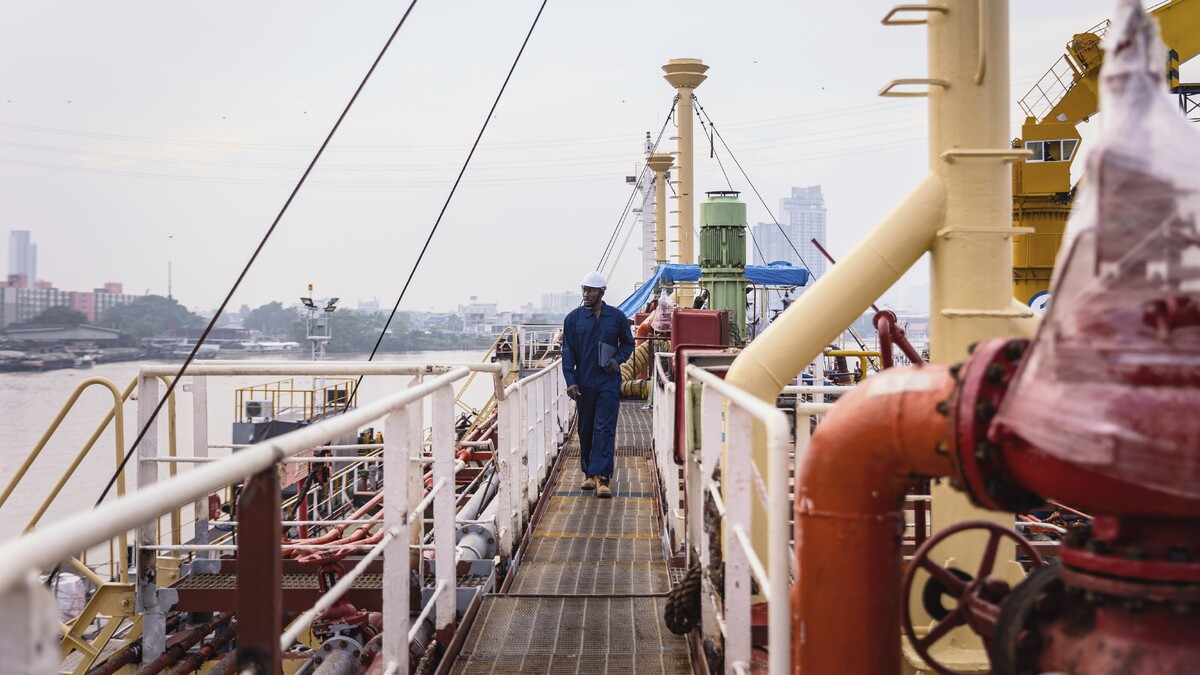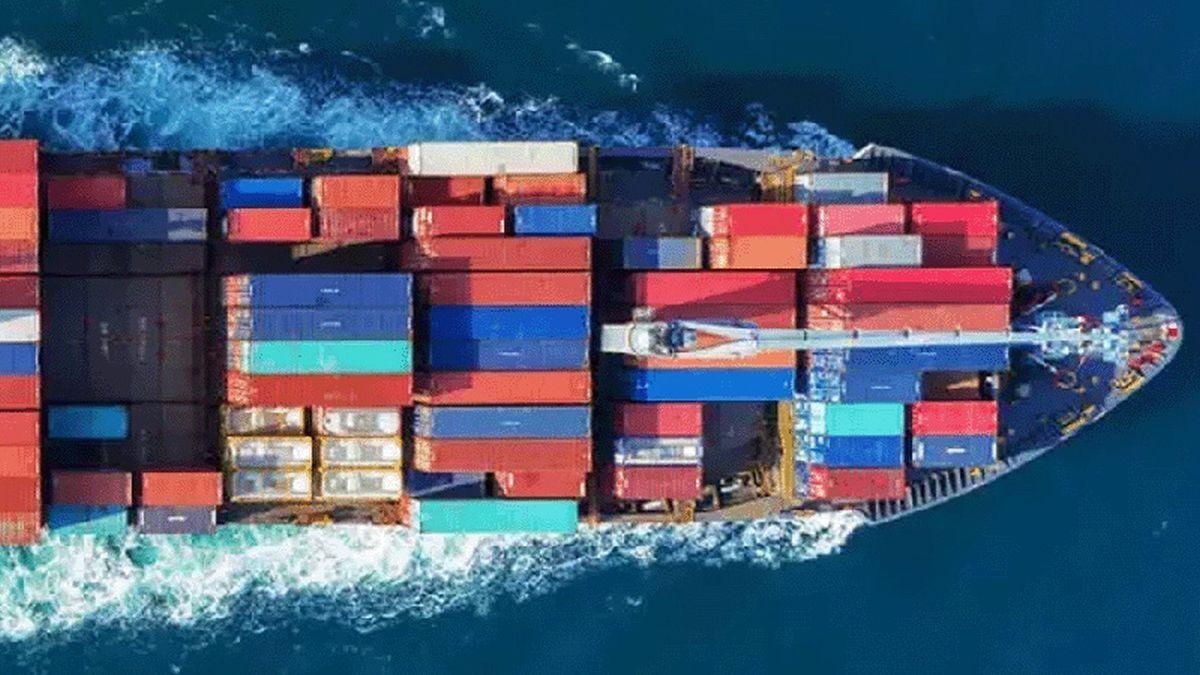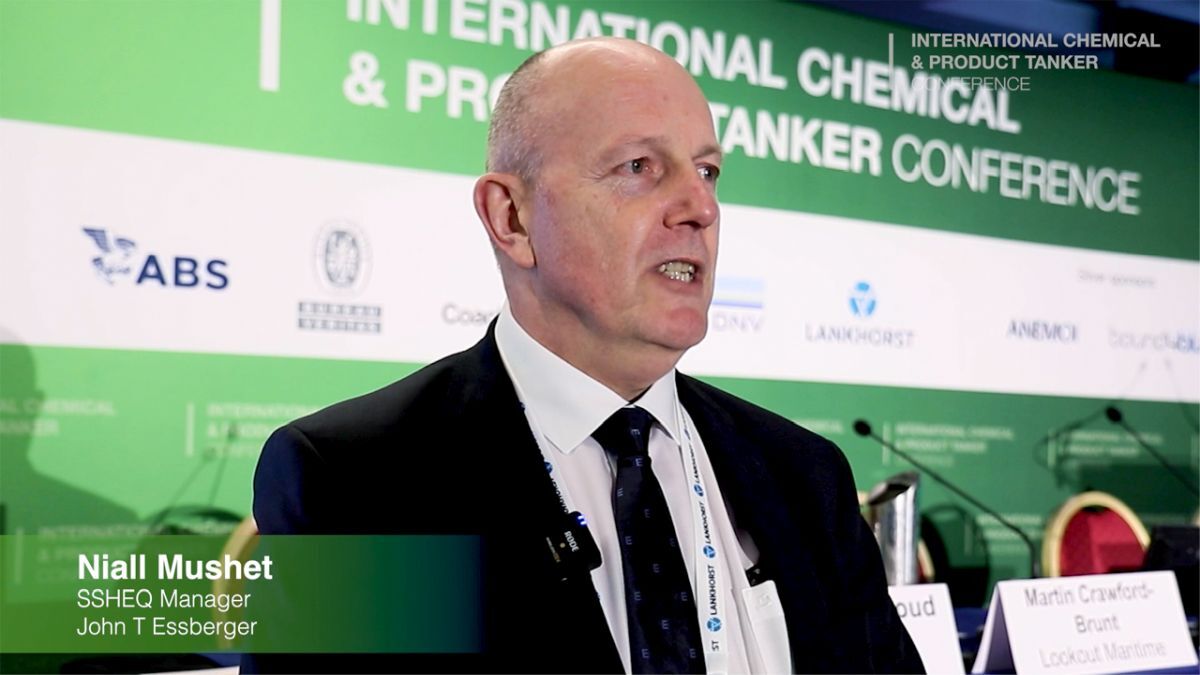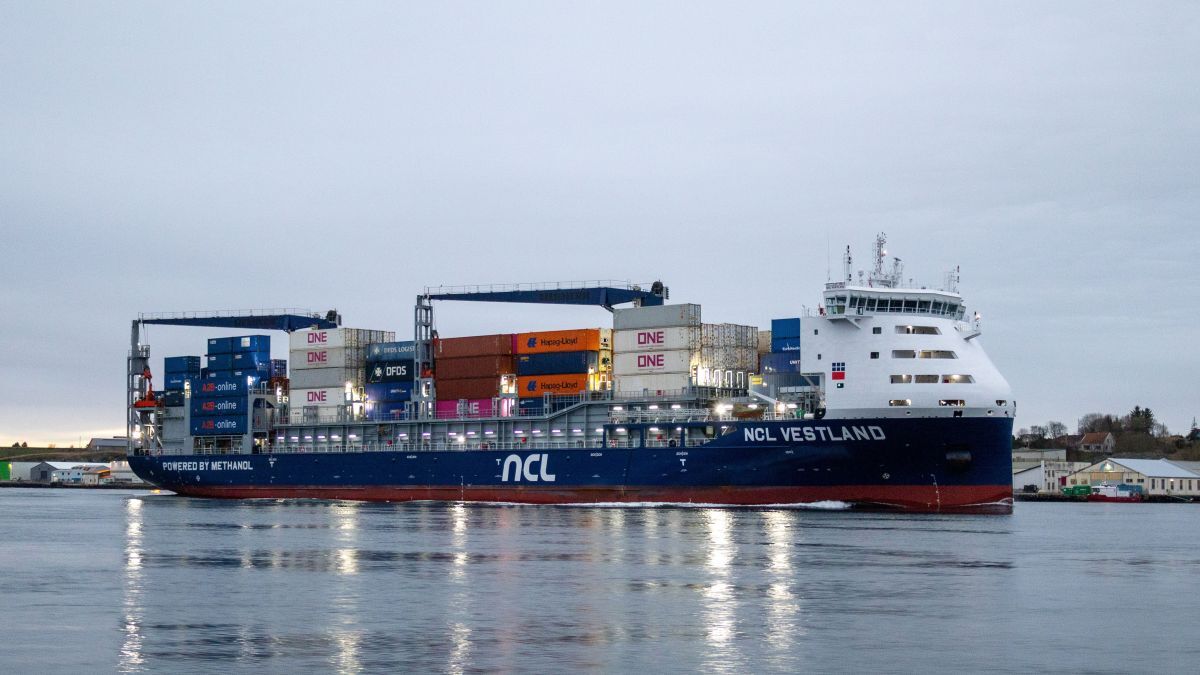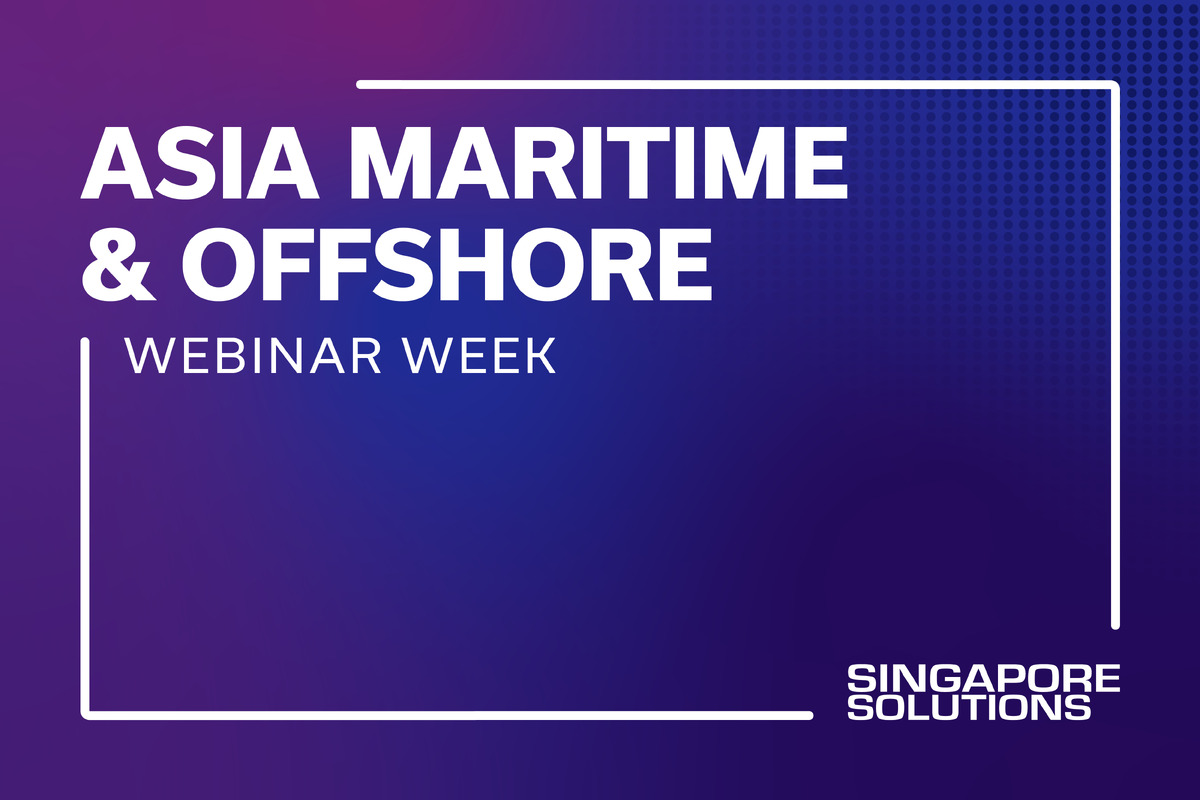Business Sectors
Contents
Ecospray’s three new carbon capture technologies for the maritime sector
The reduction of CO2 emissions through the use of amines, calcium hydroxide or molten carbonate fuel cells: these are three innovative carbon capture technologies developed by Ecospray for the marine sector and recently presented to the market
Ecospray president Maurizio Archetti recently declared, “The path towards decarbonisation will be characterised by a series of different solutions, with the first onboard tests taking place by the end of 2022”. From new carbon capture technologies to the growing use of biomethane liquefaction and CO2 recovery systems to reach carbon negative fuels, Ecospray is mapping out its journey towards decarbonisation.
For shipping, the goal of zero CO2 emissions by 2050 set by IMO is very clear, but the roads that lead there are less so.
In Ecospray’s vision, there is no ‘one-size-fits-all’ solution to reducing emissions. Each of the three technologies, which are at different stages of development, can be implemented in different contexts. Factors such as the size and type of ship, the route it sails and the space available on board have a major effect on the scope of application.
Ecospray believes that carbon capture and storage (CCS) systems are an essential solution for the shipping industry, especially with regard to the first target in terms of emissions - a 40% reduction by 2030 - which is an intermediate step on the journey towards the zero-emissions goal set by IMO for 2050.
These systems will also help to keep the global temperature rise below the 2°C threshold. CCS systems appear to be a useful and practical solution for companies, in that they prevent the cost increases following the introduction of anti-emissions taxes.
The three carbon capture technologies were studied by Ecospray and developed in collaboration with various leading universities and research centers: the Department of Civil, Chemical and Environmental Engineering of the University of Genoa for the fuel cells technology, and the Department of Earth Sciences of the University of Turin for the carbon capture technologies using amines and calcium hydroxide. They are the result of extensive research by Ecospray, capitalising on the experience and know-how the company has gained through its exhaust gas cleaning activities, with a view to supporting the industries we work with in their quest for decarbonisation.
Carbon capture with amines
The absorption of CO2 through the use of amines is the first technology that can be implemented both in terms of ‘readiness’ and with regard to the potential sectors for application. Indeed, this technology is based on an approach that is already well-established in other industrial sectors, which Ecospray has also rendered usable in the marine sector, thus reducing the environmental impact and energy consumption of ships. The latter are two factors that are of lower priority in sectors such as the oil industry, but which become essential as soon as the technology is installed on board a ship - reliability is undoubtedly the greatest advantage of this solution, along with the non-hazardous nature of the chemicals used.
Carbon capture with calcium hydroxide
The absorption of CO2 using calcium hydroxide appears to be the best technology available at present in terms of the capital required for the application and use of this technology. This system requires space for the bulk storage of the chemical reagent on board, but not of the CO2 itself: it is therefore ideal for installations on bulk carrier ships.
Carbon capture with molten carbonate fuel cells (MCFC)
Technologies based on MCFC enable the capture of CO2 at the same time as energy production. As such, these technologies are considered strategic in the context of the energy transition, precisely due to their capacity to capture the carbon dioxide in exhaust fumes and generate additional clean energy.
This is undoubtedly the most technologically complex solution, but it is also the one which guarantees the best results in terms of reductions in emissions, as well as keeping operating expenses low for companies. The ideal application for these technologies is not limited to a particular type of ship: they can be used on all engine types (2-stroke and 4-stroke) and with all fuels, including HFO/LNG.
This technology can be also integrated with other Ecospray environmental solutions such as DeSOx, particle filters and oxidation catalysts. Molten carbonate fuel cells can be powered by methane (LNG, bio-LNG), hydrogen, ammonia, syngas and other fuels, reforming/cracking externally or directly inside the cell.
Timeframe
“We are working on preparing pilot projects for the two CO2 absorption technologies that use chemicals, which are already being tested: our goal is to perform the first onboard trials on a cargo vessel by the end of this year, with the subsequent scale-up starting in early 2023. In terms of MCFC technologies, meanwhile, we expect to have the first fuel cell prototypes ready by the end of 2022, with a view to testing these on board ships, ideally a LNG-fuelled vessel, next year,” announced Mr Archetti.
Ecospray offers a complete range of technologies for decarbonisation
The Ecospray technology portfolio has significantly increased over the last three years, with decarbonisation and reducing greenhouse gas (GHG) emissions being the main drivers.
Today, thanks to significant investment and relevant partnerships in R&D projects, Ecospray can offer different solutions that will contribute to the major decarbonisation challenge facing both shipping and land-based industries:
- WESP (wet electroStatic precipitator): capable of removing humidity, condensable species and up to 99% PM from exhaust gases downstream of a DeSOx EGCS, this technology is a real ‘carbon capture enabler’, ensuring extremely low levels of pollutants and removing visible emissions at the stack.
- DeNOx: a new range of catalysts that enables high performance, compact design and robustness at the same time.
- Methane slip abatement: removing up to 90% of the methane slip from LNG-fuelled engines will be possible from Q1-2023 thanks to a new catalytic solution, with significant beneficial effects on GHG emissions (and most likely on the CII, or Carbon Intensity Indicator).
- BioLNG: Ecospray complete microscale systems for biogas upgrading and liquefaction have proved successful since Q3-2021, with increasing interest from customers in 2022. The company is currently working on three projects for the German market (combined production of 15 tonne/d, all fitted with the optional CO2 separation and liquefaction system) and three projects for the Italian market (combined production of 21 tonne/d).
Ecospray was founded in Italy in 2005 and has been part of the Carnival group since 2013. The development and installation of scrubbers has been its core business for many years: today, the company offers a wide range of technological solutions driven by the objective of creating clean energy.
Ecospray is about to open a new subsidiary in Florida, to further extend its reach in the American market in both the maritime and renewables industries.
Related to this Story
Biomethanol MPCC feeder ships enter service
Events
Reefer container market outlook: Trade disruption, demand shifts & the role of technology
Asia Maritime & Offshore Webinar Week 2025
Marine Lubricants Webinar Week 2025
CO2 Shipping & Terminals Conference 2025
© 2024 Riviera Maritime Media Ltd.
